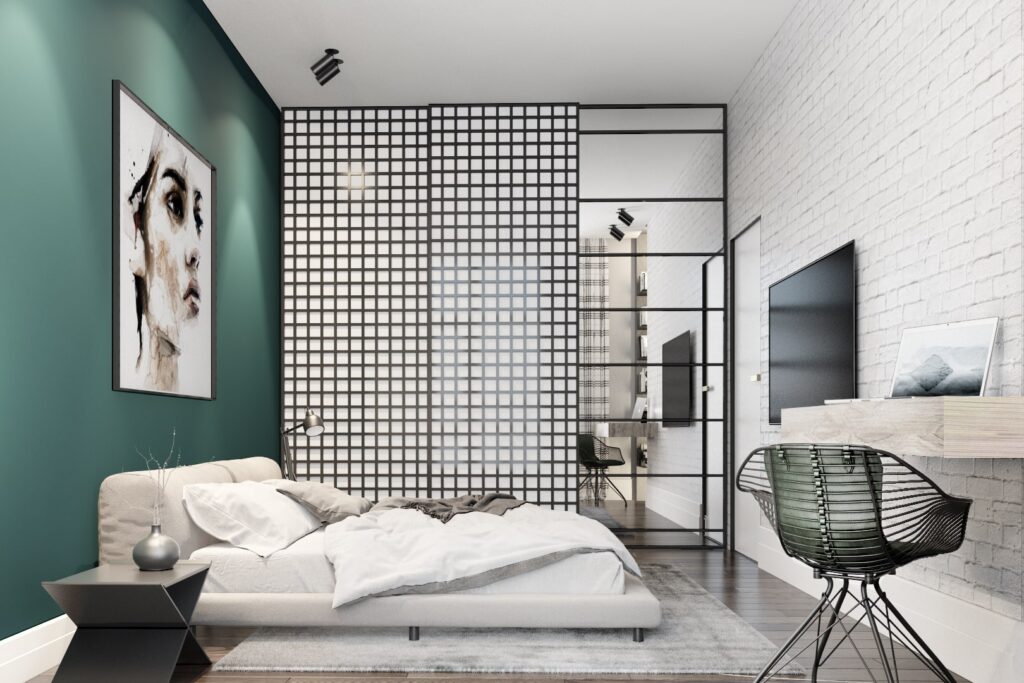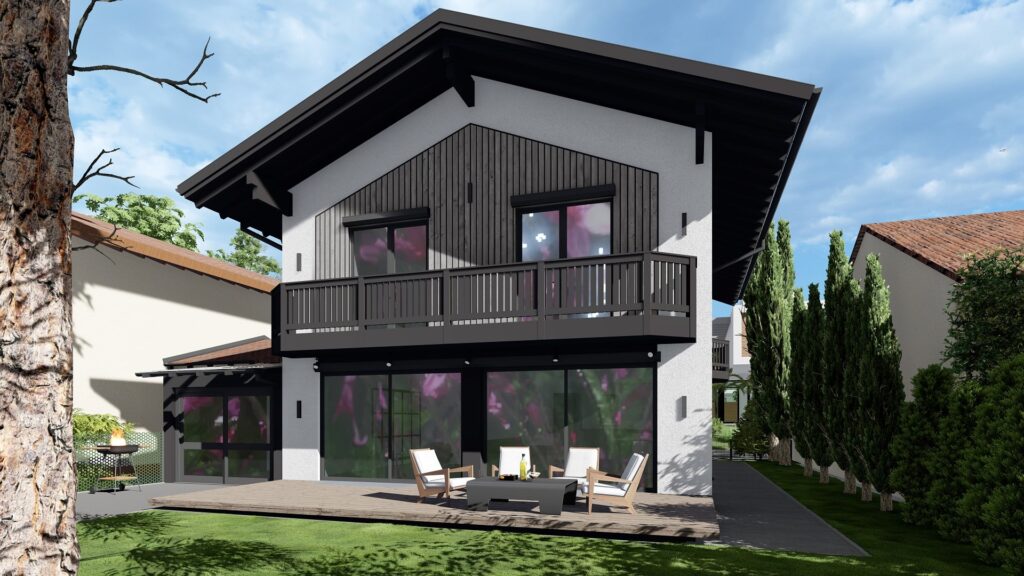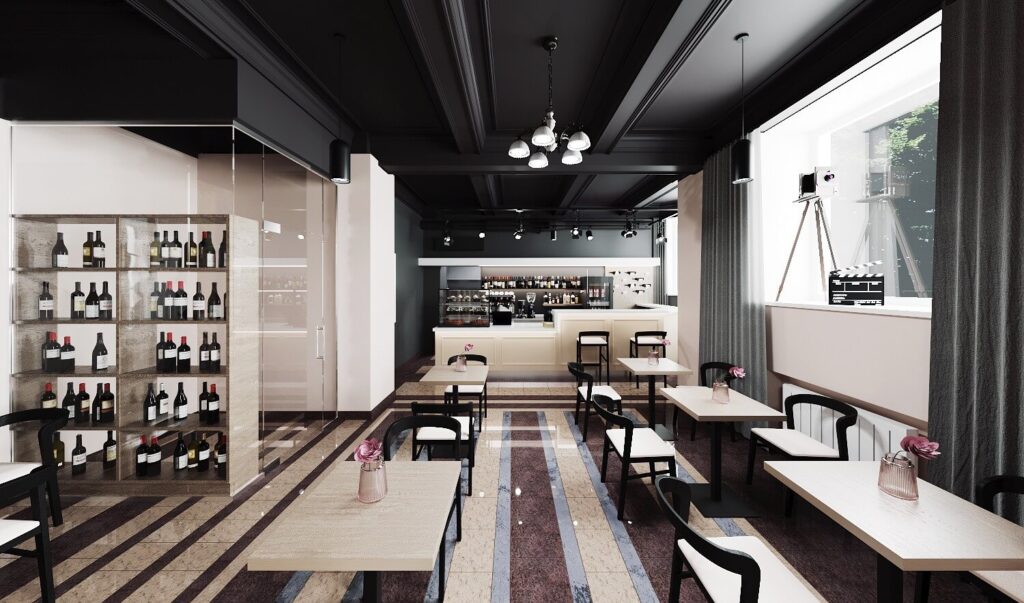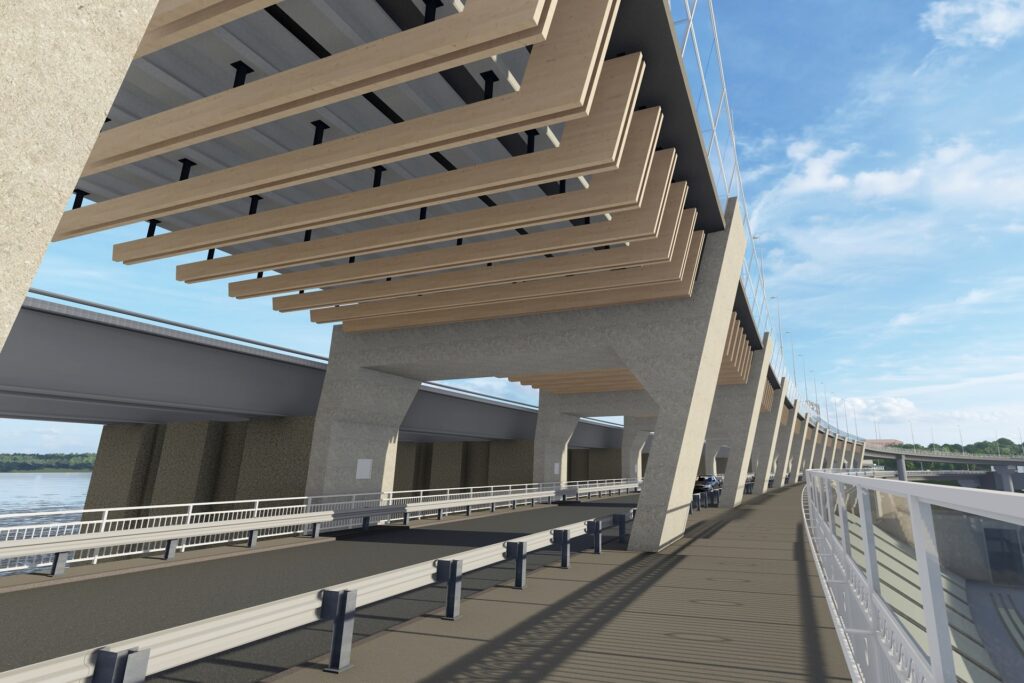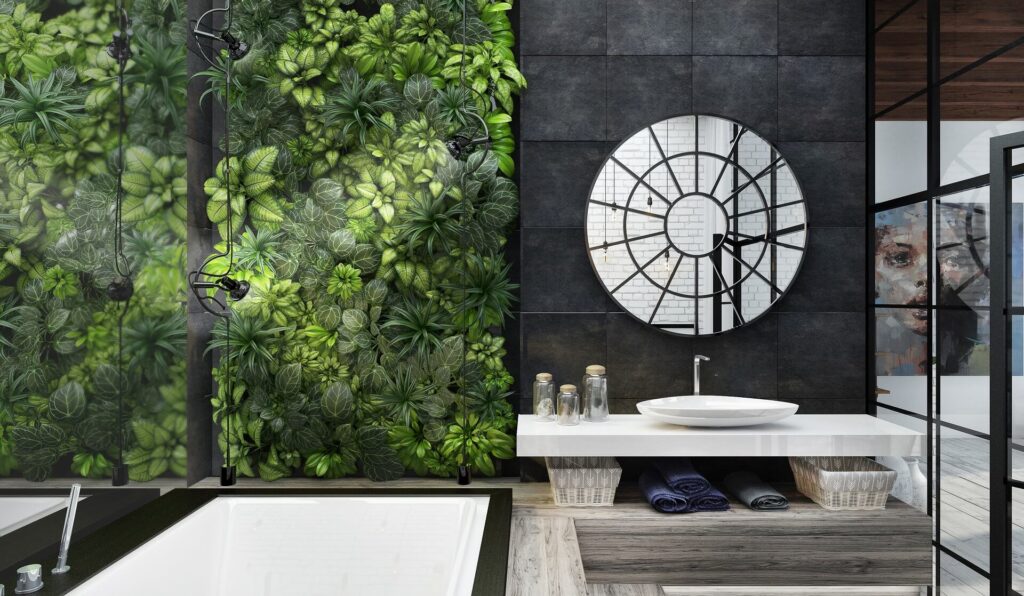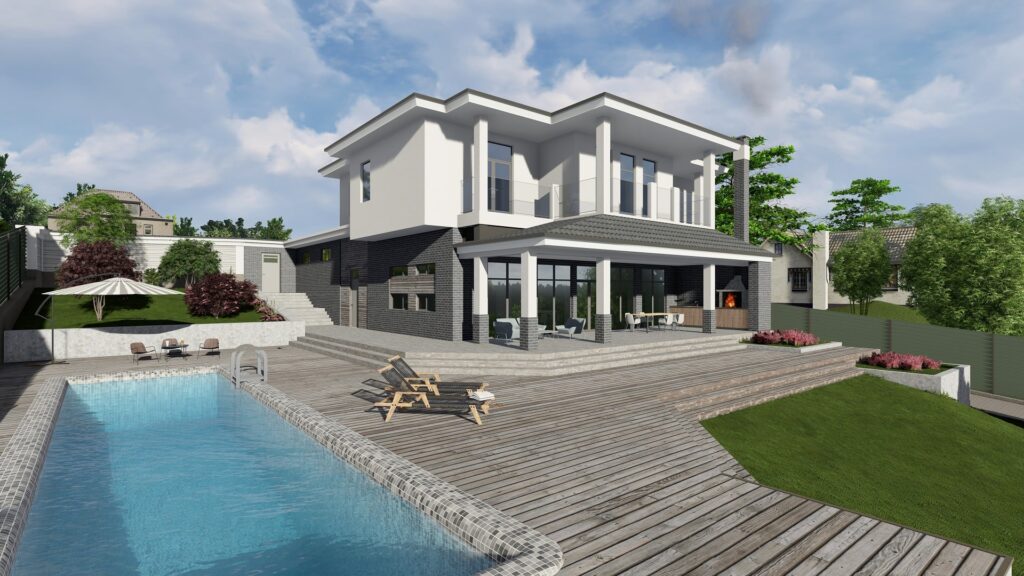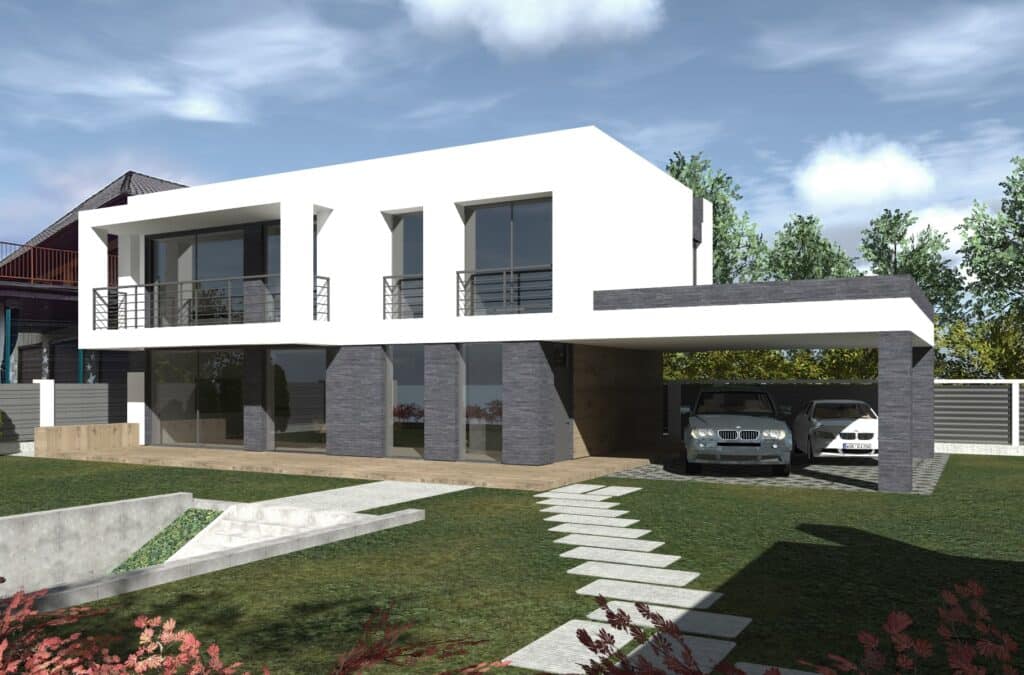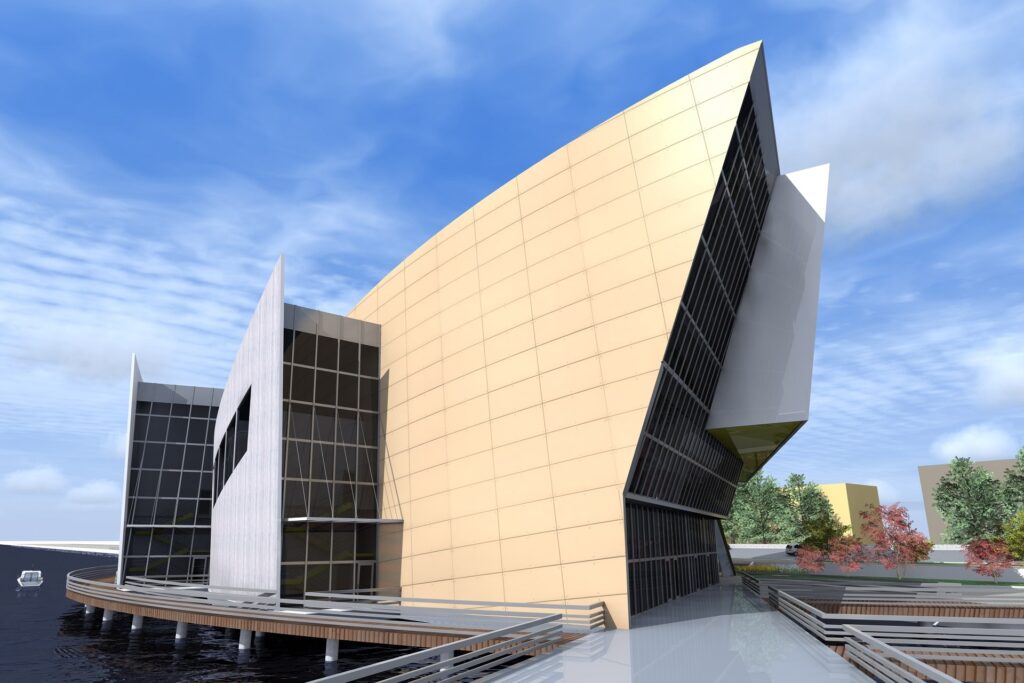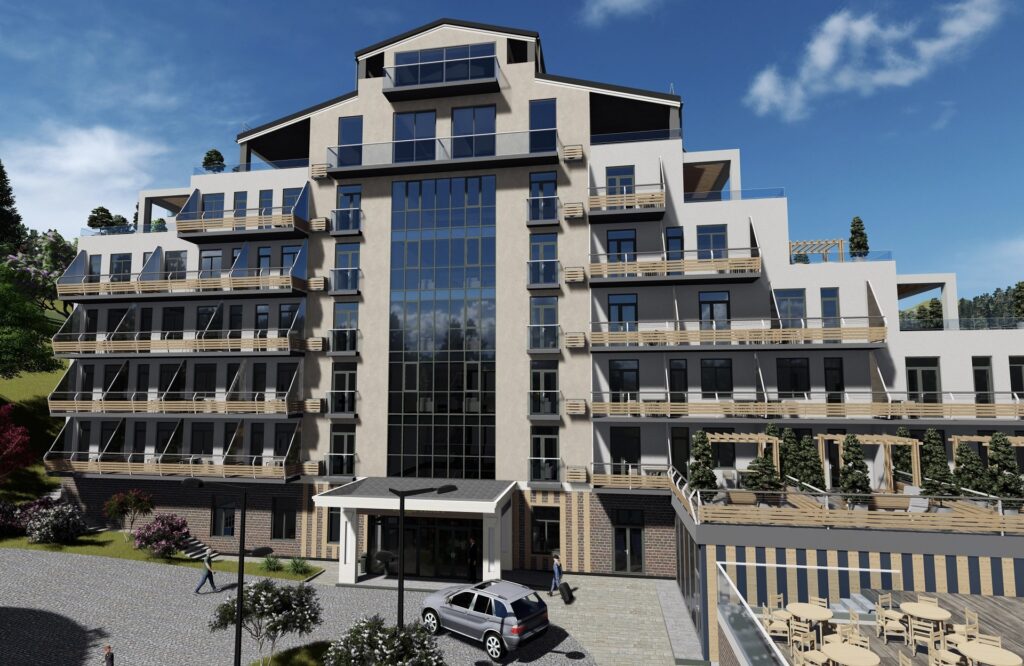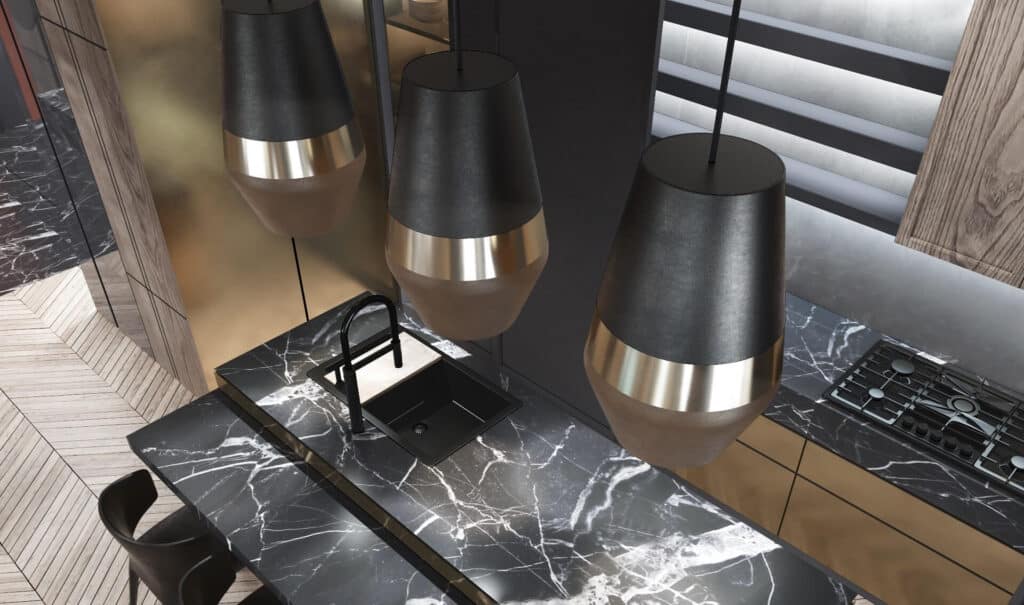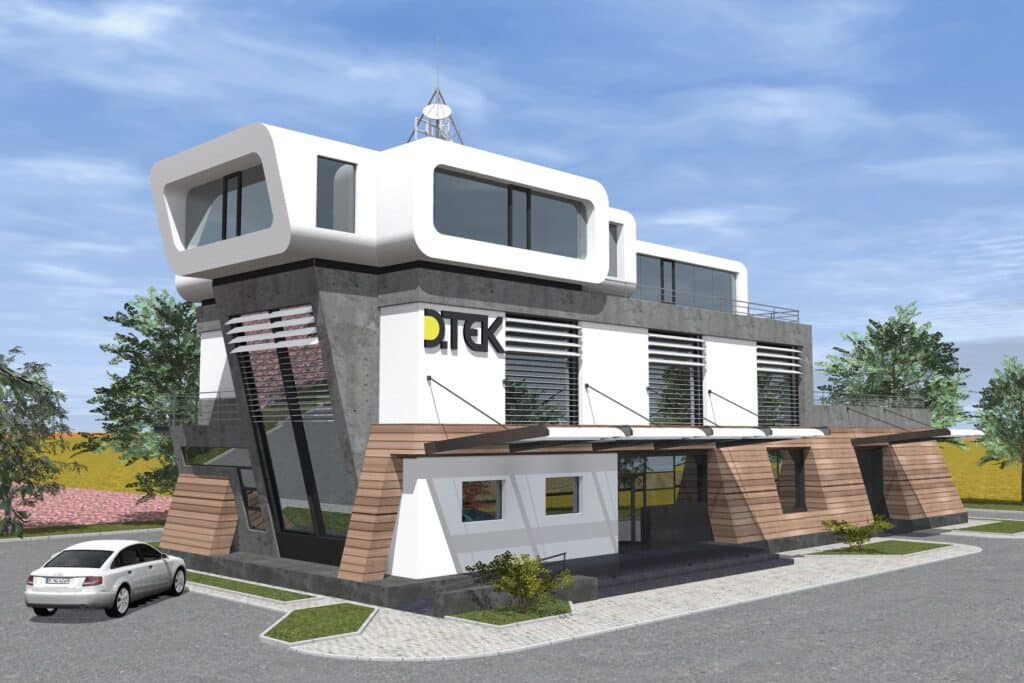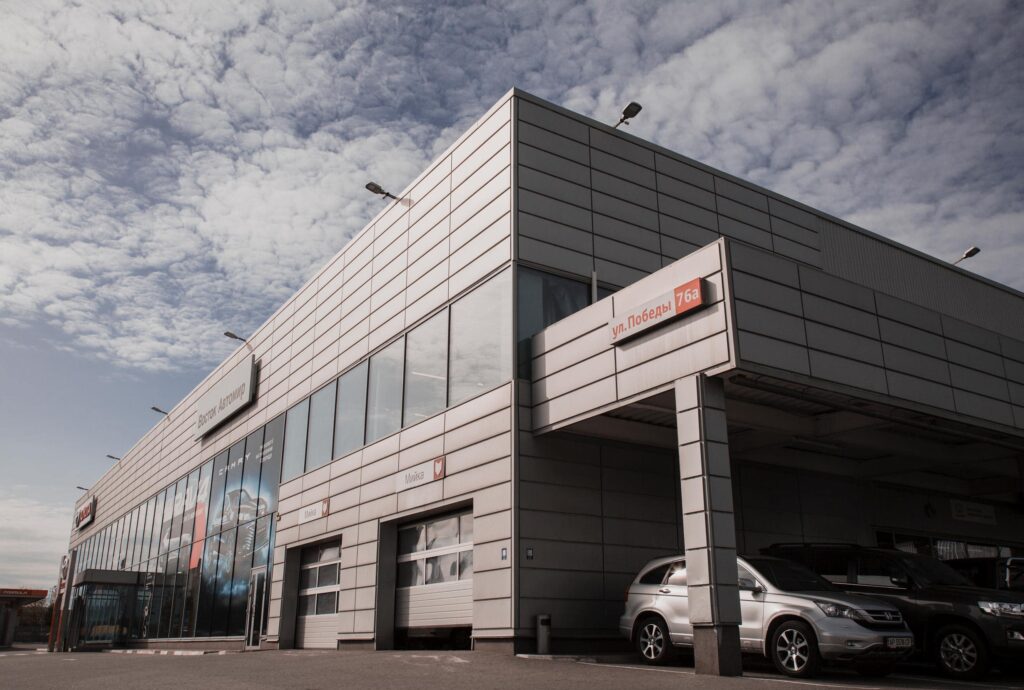How to Harmonize Functionality and Aesthetics in Interior Design
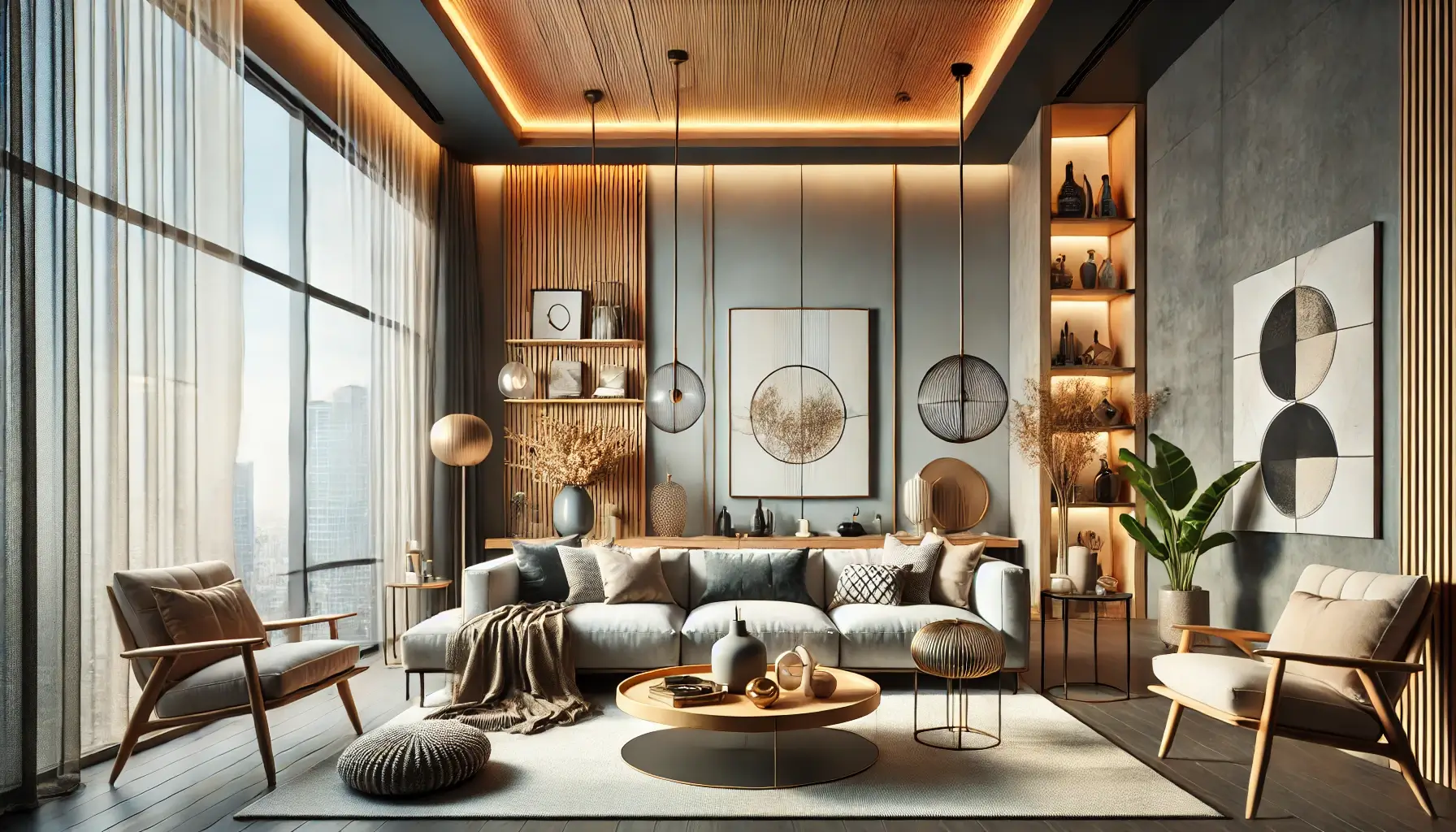
Introduction: Balancing Form and Function in Design
In the world of interior design, the ultimate challenge lies in striking a perfect balance between functionality and aesthetics. As designers, we are tasked with creating spaces that not only look visually stunning but also serve the practical needs of the individuals who inhabit them. 🏆
- Understanding the Space: Before anything else, a comprehensive understanding of the space is crucial. This involves looking at the physical dimensions, light sources, and existing architectural elements. Start by asking questions like: What is the primary use of the space? Who will be using it? What are their needs and preferences? By answering these questions, we lay the groundwork for a design that seamlessly integrates function with form.
- Prioritizing Functionality: It’s essential to ensure that the space is functional. This means considering elements such as traffic flow, furniture layout, and accessibility. For instance, in a kitchen, this might mean ensuring that the work triangle between the fridge, sink, and stove is efficient. In a living room, it could involve arranging seating to facilitate conversation. 🛋️
- Enhancing Aesthetics: Once the functional elements are in place, the focus can shift to aesthetics. This involves selecting colors, materials, and textures that elevate the space. Aesthetic elements should complement the functionality rather than detract from it. For example, while a glass coffee table may look stunning, it might not be practical in a home with young children. 🎨
- Iteration and Feedback: Interior design is an iterative process. It’s important to gather feedback from clients and make necessary adjustments. A design that seemed perfect on paper might not translate as expected in reality. By remaining open to feedback, designers can ensure that the final outcome aligns with the client’s vision and needs. 🔄
The Creative Process: From Concept to Completion
- Initial Brainstorming: The creative process begins with brainstorming sessions where ideas are freely exchanged. This is where initial concepts are born, and the seeds of inspiration are planted. It’s a time to think outside the box and explore different possibilities. 💡
- Mood Boards and Sketches: Once the initial ideas are in place, mood boards and sketches help to visualize them. These tools allow designers to experiment with color palettes, textures, and layouts. They serve as a bridge between abstract ideas and tangible outcomes. 📚
- Collaboration with Clients: Effective communication with clients is key to the creative process. It’s essential to ensure that their vision is understood and integrated into the design. This collaboration helps in refining ideas and ensuring that the end result reflects their personality and requirements. 🤝
- Attention to Detail: The difference between a good design and a great one often lies in the details. Paying attention to small elements like lighting fixtures, hardware, and decorative accessories can elevate a space from ordinary to extraordinary. 🌟
Incorporating Technology: The Modern Designer’s Tool
- Digital Design Software: In today’s digital age, technology plays a critical role in interior design. Software like AutoCAD, SketchUp, and Photoshop allows designers to create detailed 3D models and renderings. These tools help in visualizing the space and making necessary adjustments before the physical work begins. 🖥️
- Smart Home Integration: With the rise of smart home technology, integrating devices like smart thermostats, lighting systems, and security cameras can enhance both functionality and aesthetics. Designers must consider how these technologies can be seamlessly incorporated into the design. 🚀
- Virtual Reality (VR) and Augmented Reality (AR): VR and AR are transforming the way designers present their ideas. These technologies allow clients to experience a space before it’s built, facilitating better decision-making and reducing the likelihood of costly changes later on. 🕶️
- Sustainability and Innovation: Modern technology also offers sustainable solutions, such as energy-efficient appliances and eco-friendly materials. By staying updated with the latest innovations, designers can create spaces that are not only beautiful and functional but also environmentally responsible. 🌿
Case Studies: Real-Life Examples of Harmonized Design
- Residential Spaces: Explore how functionality and aesthetics are balanced in different types of homes, from cozy apartments to expansive villas. Each project showcases unique challenges and innovative solutions. 🏡
- Commercial Venues: Discover how designers tackle functionality in spaces like offices, restaurants, and retail stores, ensuring that the needs of both employees and customers are met without compromising on style. 💼
- Public Spaces: Public spaces present their own set of challenges in balancing aesthetics and functionality. Learn how designers create welcoming environments in places like libraries, museums, and parks. 🏛️
- Sustainable Projects: Dive into projects that prioritize sustainability, showcasing how eco-friendly materials and energy-efficient designs can harmonize functionality and aesthetics. 🌍
Guiding Principles: The Philosophy Behind Harmonized Design
- User-Centric Approach: A successful design always puts the needs of the user first. By understanding the habits, preferences, and lifestyles of the individuals who will use the space, designers can create environments that truly resonate with them. 👥
- Balance and Proportion: Achieving harmony requires careful consideration of proportions and balance. This involves ensuring that elements like furniture, lighting, and decor complement each other rather than compete for attention. ⚖️
- Timelessness Over Trends: While it’s tempting to follow the latest design trends, a timeless approach ensures that a space remains relevant and appealing for years to come. This involves selecting classic elements that transcend fleeting fads. ⏳
- Iterative Refinement: Great design is not achieved in a single step. It requires continuous refinement and openness to change. By embracing an iterative process, designers can achieve a harmonious result that meets both functional and aesthetic goals. 🔄
Conclusion: The Symphony of Design
In conclusion, harmonizing functionality and aesthetics in interior design is akin to conducting a symphony. Each element must work in concert with the others to create a cohesive and beautiful whole. By understanding the space, incorporating technology, and adhering to guiding principles, designers can create environments that are not only visually stunning but also serve the needs of their inhabitants. 🎶
As we continue to innovate and explore new frontiers in design, the challenge of balancing form and function remains a constant and rewarding pursuit. By embracing this challenge, we can transform spaces into masterpieces that enhance the quality of life for all who experience them. 🌟

